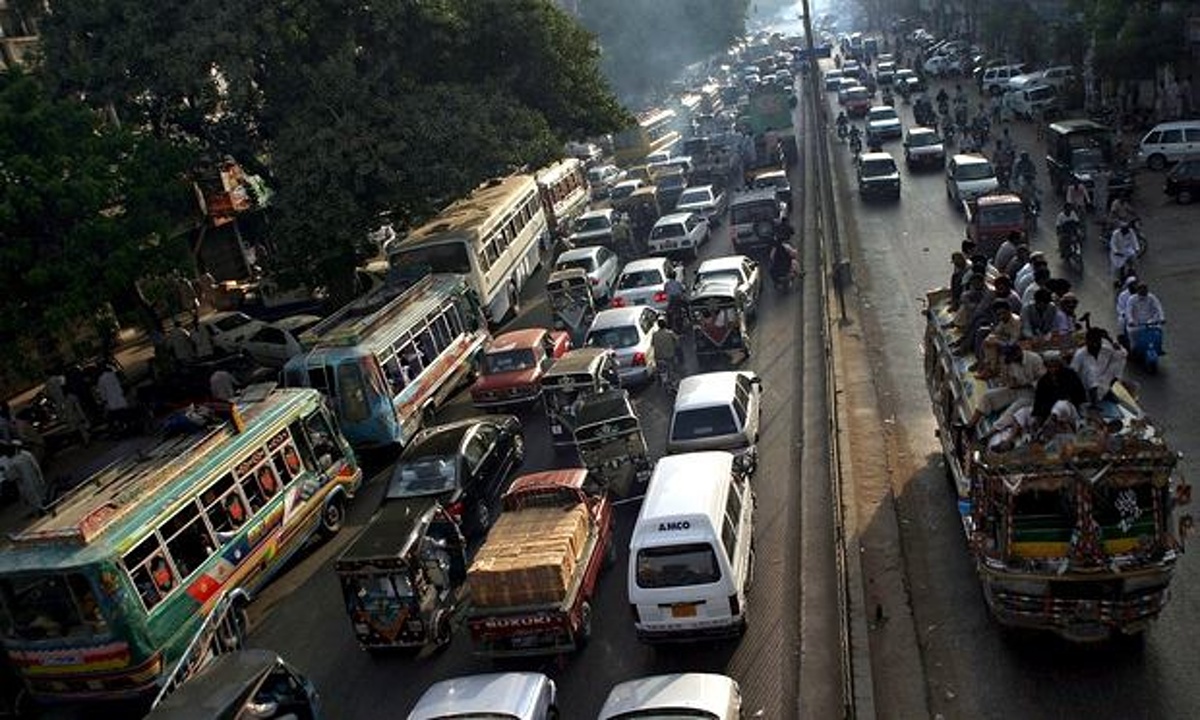
The report “Leveraging Urbanisation in South Asia: Managing Spatial Transformation for Prosperity and Liveability” was presented at the third Pakistan Urban Forum.
Pakistan Urban Forum: ‘Highest growth rate found in emerging cities’
Difficulty in dealing with the pressures that increased urban populations put on infrastructure, basic services, land, housing and the environment has fostered what the report calls “messy and hidden” urbanisation in Pakistan and throughout the region. This, in turn, has helped to constrain Pakistan’s full realisation of the prosperity and liveability benefits of urbanisation.
“Properly managed urbanisation can enhance both the prosperity and liveability of cities,” said Peter Ellis, Lead Urban Economist at the World Bank. “This is certainly the case for Pakistan, which is the most urbanised large country in South Asia and derives so much of its economic growth from cities.”
Estimates indicate that cities generate up to 78% of Pakistan’s gross domestic product and the government’s Vision 2025 places a premium on urban job growth. Planning ahead for urban growth can help create vibrant and productive cities that fuel the country’s growth, but that will require dealing with the problems posed by the messy and hidden urbanisation to date.
Karachi in 2030
Messy urbanisation in Pakistan, according to the report, is reflected in the existence of low-density sprawl and the fact that cities are growing outward beyond administrative boundaries, creating challenges for planning, transportation and provision of public services.
Hidden urbanisation stems from official national statistics understating the share of the population living in areas with urban traits. Officially, 36% of Pakistanis lived in urban settlements in 2010, but the World Bank estimates that the actual share of population living in areas with urban characteristics may be as high as 55%.
Acknowledging the true extent of urban areas can help to facilitate better planning and metropolitan management and failure to address these problems can make cities less liveable. Pakistan faced an urban housing shortage of approximately 4.4 million units in 2010.
The 2015 liveability index of the Economist Intelligence Unit ranked Karachi 135th out of 140 cities; Dhaka was the only major city in South Asia with a lower ranking.
Urban forum: We have failed to protect the character of our cities, says Ahsan
The Lahore agglomeration, for example, expanded to absorb those of Chiniot, Gujranwala, Gujrat, Lalamusa and Sialkot. In fact, the Lahore agglomeration meets its Delhi equivalent to form one continuously lit belt with an estimated population of 73.4 million, slightly less than the population of Turkey.
“Taking steps to help Pakistan’s cities to realise their potential is critical as the urban population is expected to increase approximately 40 million to an estimated 118 million by 2030,” said Patchamuthu Ilangovan, World Bank Country Director for Pakistan.
Published in The Express Tribune, December 6th, 2015.
Like Business on Facebook, follow @TribuneBiz on Twitter to stay informed and join in the conversation.
1728297472-0/Fousey-(1)1728297472-0-405x300.webp)



1734934494-0/Untitled-(82)1734934494-0-165x106.webp)




1732012115-0/Untitled-design-(14)1732012115-0-270x192.webp)






1734778885-0/Untitled-(10)1734778885-0-270x192.webp)






COMMENTS (7)
Comments are moderated and generally will be posted if they are on-topic and not abusive.
For more information, please see our Comments FAQ